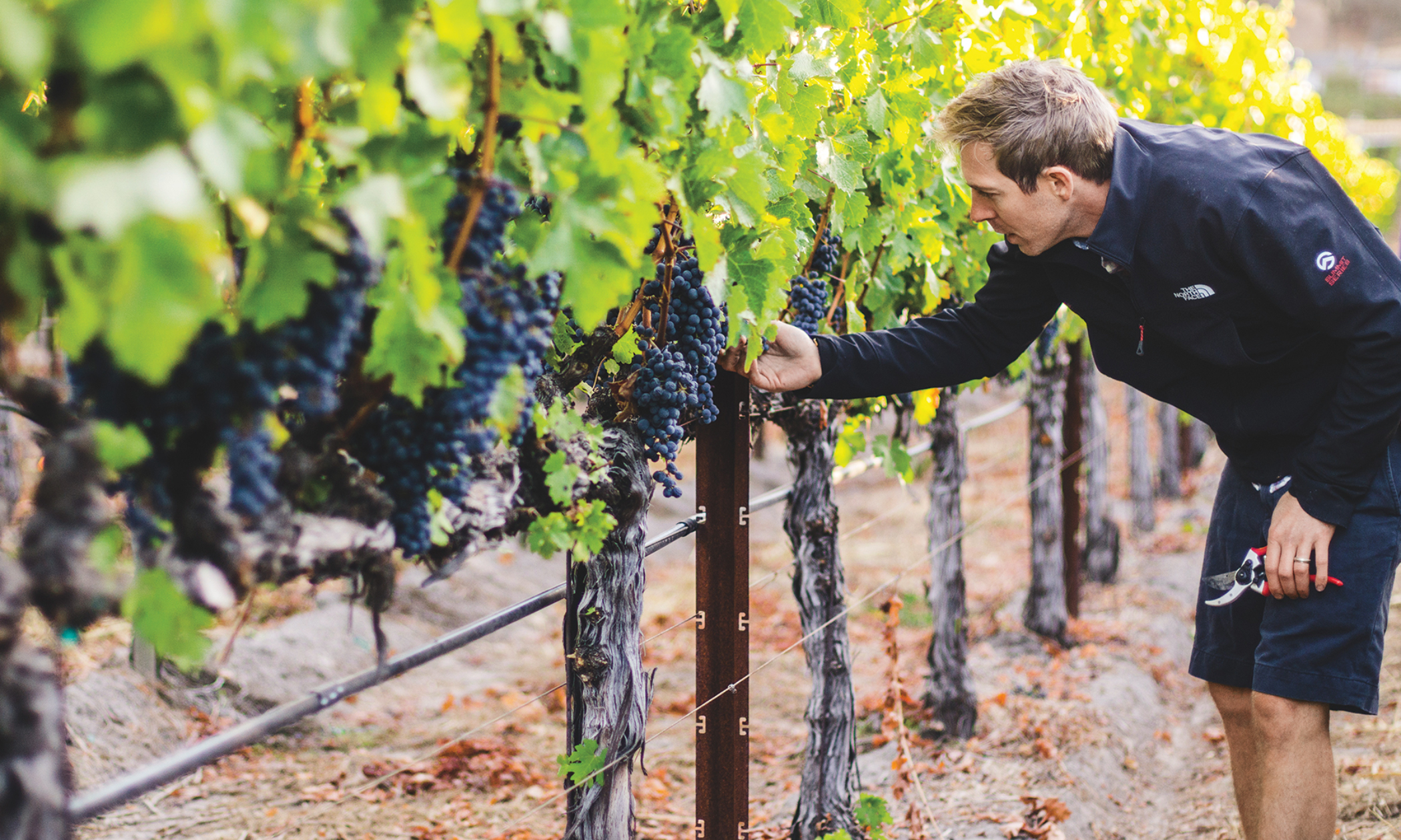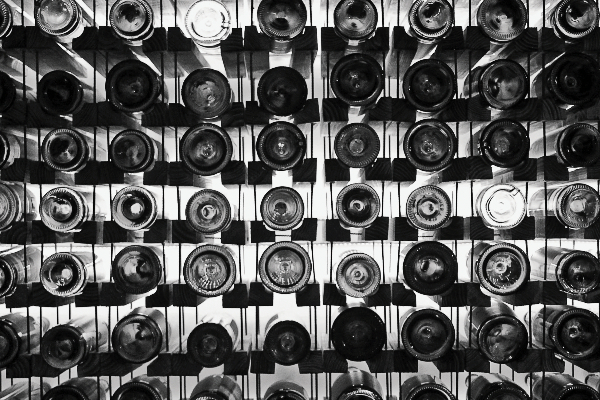Napa Valley has risen to become a world-class wine region over a short amount of time, relative to its counterparts in the Old World. Though it has grown grapes for more than a century, the modern wine business we know today really began in the 1960s and 1970s.
Legends like Andre Tchelistcheff, Robert Mondavi, Louis Martini, Warren Winiarski and many others believed from the beginning that Napa Valley wines could rival the best in the world. They were right.
It’s been an upward trajectory ever since, with new generations coming into the fold and making their own mark on Napa Valley wine. Inspired by the past but grounded in the present, today’s winemakers maintain and sustain this commitment to quality and push it forward.
The core ingredients that go into this heightened quality include Napa Valley’s ideal mix of climates and soils; the utmost care and attention to the hands-on farming practices required to grow the best grapes year after year; the persistent prioritization of quality over quantity; and a high level of investment in cellar equipment, including for sorting and fermentation, in addition to barrels.
Most importantly, there is an even higher level of investment in the people that it takes to make it all happen, from the vineyard to the tasting room.
“The winemaking community in Napa Valley has always put quality above anything else,” says Kale Anderson, winemaker/owner of Kale Wines and Kale Consulting. “The track record is there.”
GREAT WINE FROM GREAT VINEYARDS
“You can’t have a great wine without a great vineyard,” says Blair Guthrie, winemaker for Stewart Cellars. “I still can’t put my finger on what really makes a great vineyard great because it is probably a matrix of things, but terroir and a dedicated vineyard team would be two of the major inputs.”
Adding to that sense of intrigue, Guthrie notes, is the fact that there are vineyards he works with that at first glance don’t necessarily look as though they would produce anything special, but do, year after year. And that amazing fruit, in the right hands, gets turned into amazing wine.
The hands matter of course. The human element behind farming philosophies and practices makes a world of difference.
“I aim to make true wines, ones that express a site and a point in time,” says Clayton Kirchhoff, winemaker at Hudson.
“I get to do this with expressions of the estate as a whole, as with our estate Chardonnay and Phoenix red blend, as well as with even more focused vineyard-designate wines like our Little Bit, Ladybug and Seashell,” he adds.
Kale adds that since the 1970s it’s been understood, “take care of your site and it takes care of you.”
Making high-quality wine is also about long-term vision and investment.
“It comes at the expense of making money in the short term; it’s a long-term investment,” Anderson says. “There’s a lot of paying it forward.”
CONTINUOUS IMPROVEMENT
Guthrie also believes that it’s crucial to be passionate and dedicated to the task at hand when making high-quality Napa Valley wines.
“You need to have a burning desire to achieve greatness and be willing to put in the time and effort required to achieve your goals,” he says. “Growing and making wines takes time, and nothing can be rushed.”
This includes a commitment to constant improvement in the vineyard and cellar. Guthrie does that by seeking out feedback, being open to learning and making changes as needed to refine his style.
But it’s not only about getting better, it’s about achieving consistency year after year.
“I liken making wine in Napa Valley to playing in the NBA,” he says. “You can’t just have one good game and expect to be MVP. Being the best is not a one-time achievement; it requires consistent and sustained effort over time. You need to be able to maintain high levels of workmanship and keep pushing yourself to improve every vintage.”
Anderson adds that part of what defines Napa Valley is the freedom to find the best expression of each variety and vintage.
“All the spaghetti’s been thrown on the wall,” he says. “We can pursue a wide variety of styles and ideas here and be successful. When risks are taken, success happens.”
FINDING BALANCE
Balance is a relative term, but to Kirchhoff it means taking the growing conditions of a vintage and making wines that express it in every sense—the weather the grapes feel, the emotions the vineyard and winery teams feel, and the way the fermentations happen in the cellar.
“The human component can lead to well-balanced wines,” he adds. “This is crucial both in the vineyard and the winery but needs to be balanced with creating wines that are full of flavor and enjoyable.”
SPIRIT OF RESILIENCY
One of the most consistent aspects of quality winemaking brought up again and again by Napa Valley winemakers is this: the spirit of resiliency that resides here.
“As we face climate change and social change, it is a resiliency to adapt that distinguishes Napa Valley,” says Kristy Melton, winemaker at Freemark Abbey.
“Every part of the process is important in making high-quality wine,” she says. “It’s a beautiful place but it has to be dynamic. It’s the determination, grit, intelligence and camaraderie that drives what we do so well.”
She points to the farming background of the winemaking community, but also the technology and science that have advanced over time and become an important resource in making world-class wine. “We know we’ll figure it out,” she adds.
Resilience is crucial to Guthrie as well. “In the process of making great wine, you’ll likely face many setbacks and obstacles,” he says. “It’s important to be resilient and not give up when things get tough. I use these setbacks as learning opportunities to keep moving forward.”
SENSE OF COMMUNITY
Napa Valley is a true community—strong in good times and bad. Often, the winemaker is celebrated for making a great wine. But many winemakers who get the glory don’t see it as a solo act.
“In my experience, it takes a plethora of people to make amazing wines,” Guthrie says. “From the vineyard worker checking the irrigation and the person running the de-stemmer to the bottling line crew, everybody has to do their job. Being the best requires working in conjunction with others to achieve the same goal.”
The community thrives due to a unique combination of education, experience and a sharing of expertise, something so many in Napa Valley credit to their neighbors.
“Napa has been a beacon for talent and like-minded people interested in wine for generations,” notes Kirchhoff. “Robert Mondavi captured this and helped catapult the reputation of the region. His use of the phrase that a rising tide lifts all ships is one that vintners continue to use today.”




